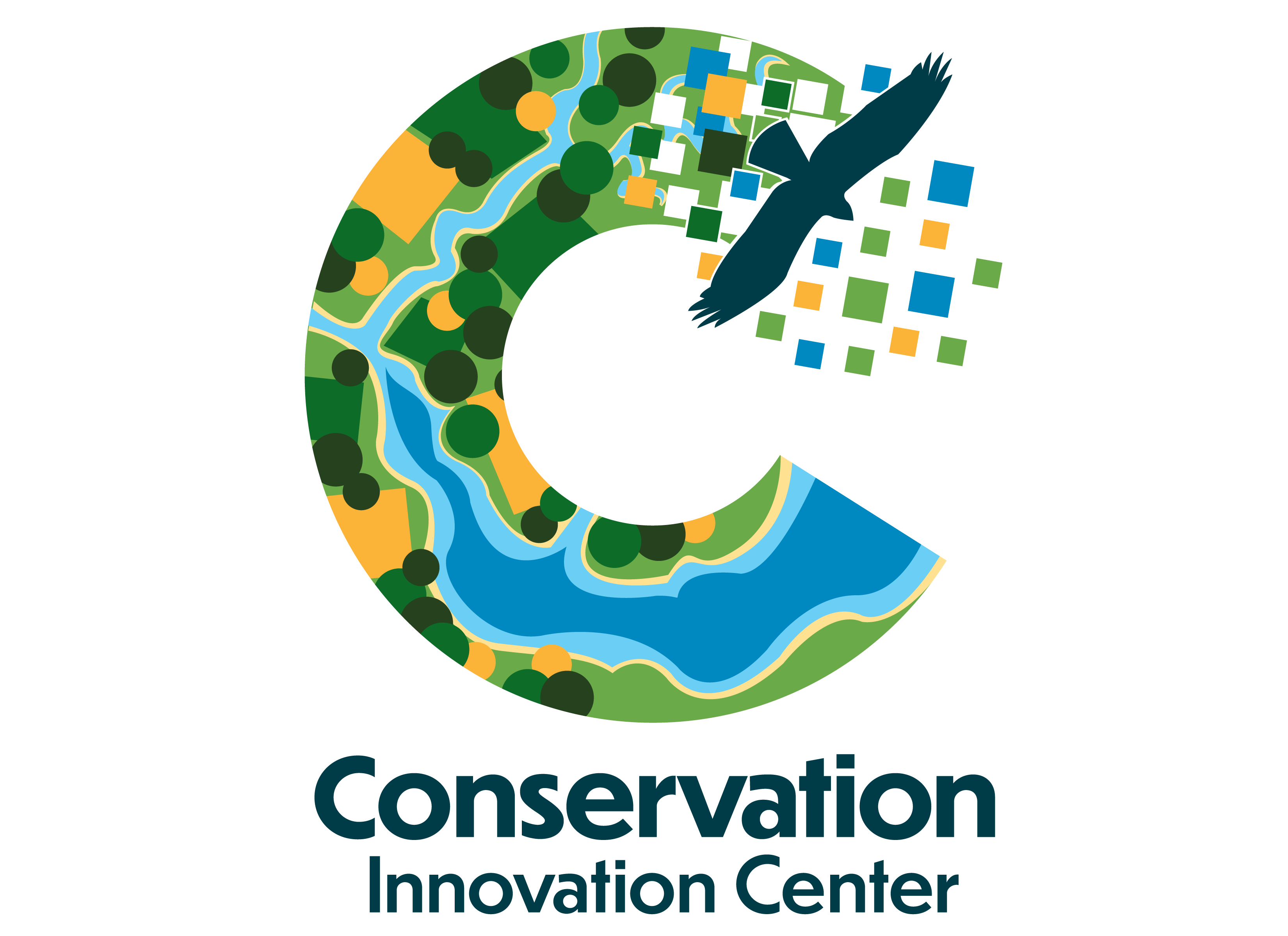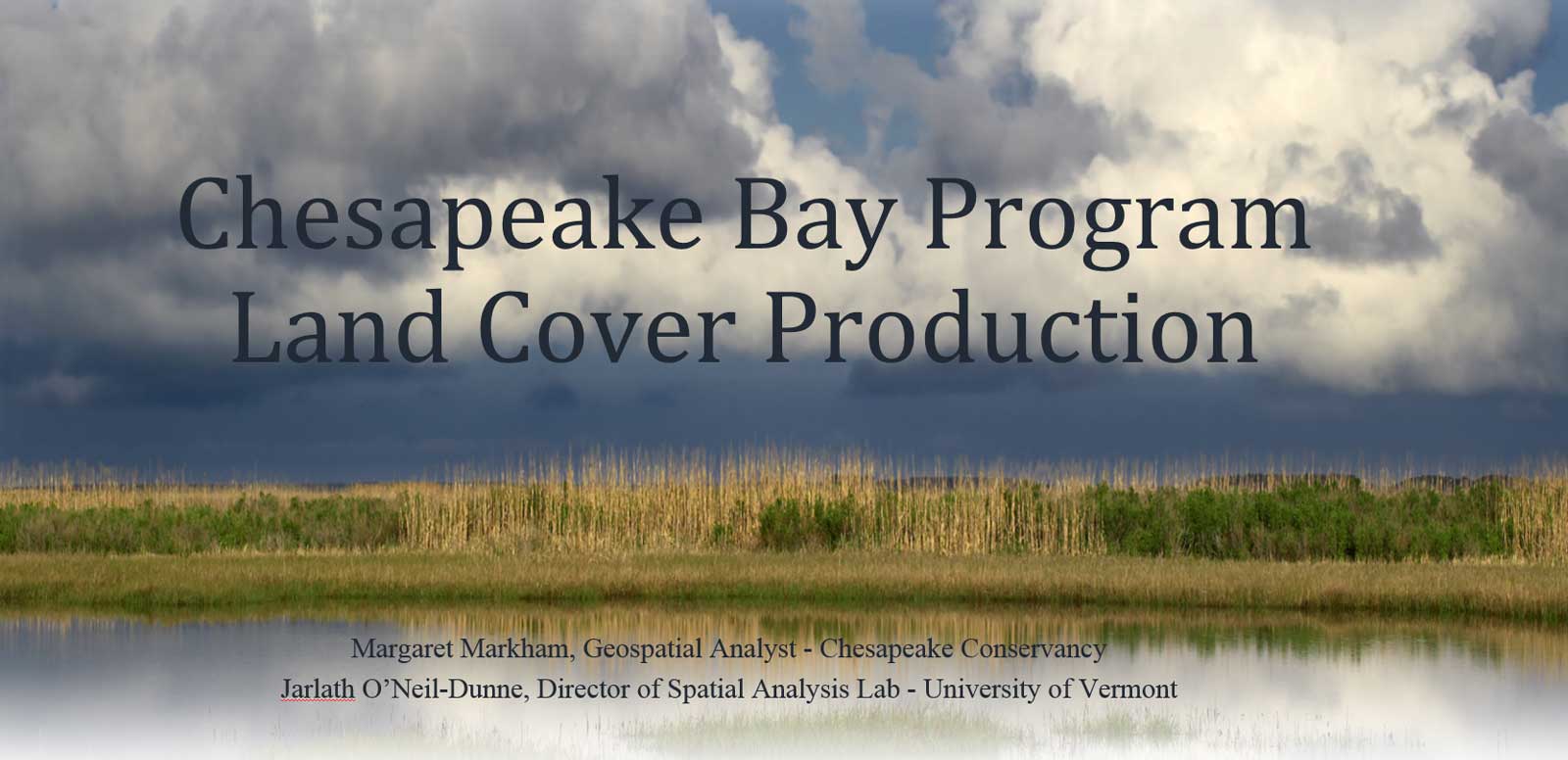
Land Cover Data Project 2013/2014
Precision conservation—projects at the right place, the right scale, the right size, the right time, and making sure they are working—is going to redefine how landscape conservation is approached. Instead of sweeping acquisitions or all-encompassing legislation, we can use the latest high-resolution datasets to conduct advanced geospatial analysis that allows us to better target and implement on-the-ground a...
Learn MoreThese data are deprecated, and for the most up-to-date data, please visit our 2022 Release page.
Chesapeake Conservancy is pioneering the production of large, high resolution land cover classification datasets. These categorize natural and human-made features that exist on the landscape, such as buildings, tree canopy, and water. In partnership with the University of Vermont and WorldView Solutions, Inc., the Conservancy’s Conservation Innovation Center completed the Chesapeake Bay High-Resolution Land Cover Project, one of the nation’s largest, high-resolution land cover datasets, in 2016. The dataset was created for the Chesapeake Bay Program (CBP)—a regional partnership of EPA, other federal, state, and local agencies and governments, nonprofits, and academic institutions that leads and directs Bay restoration efforts—which was looking to improve its data related to the Chesapeake Bay watershed landscape.
For 10 months, analysts worked to produce one-meter resolution land cover data for approximately 100,000 square miles of land in and surrounding the Chesapeake Bay watershed. This new classification is 1-meter resolution providing much more detail and information about the landscape than the conventional 30-meter resolution land cover data. For example, where we once saw only development, we now can see buildings, street and trees, and where once we saw all forest, we now can pick out roads or houses within the trees. This gives us a more accurate look at what is really on the landscape and the challenges facing it—how fragmented is a forest, how connected are the streamside buffers?
The land cover data represents land cover conditions as evident in NAIP (National Agriculture Imagery Program) imagery for the years 2013/2014. Updates for the years 2017/2018 and 2021/2022 are currently planned, assuming NAIP continues as anticipated, and will be shared once complete (See our CBP Objective page for more information). The land cover data is providing CBP and partner organizations with the power to practice precision conservation—putting the right practices and the right skills, at the right place and the right time—by making effective and impactful decisions about where to target their efforts. It has allowed the CIC to leverage technology not only to identify and prioritize high priority restoration and conservation areas, but also to support partners throughout the watershed in saving time as well as money in implementing projects such as Best Management Practices.
Informational webinar
How the data was made
Introduce yourself to the datasets and remote sensing techniques used to make the land cover.
Classification description
Understand the land cover classes and data specifications.
Sample use cases
Preview real-world applications of the land cover data.
